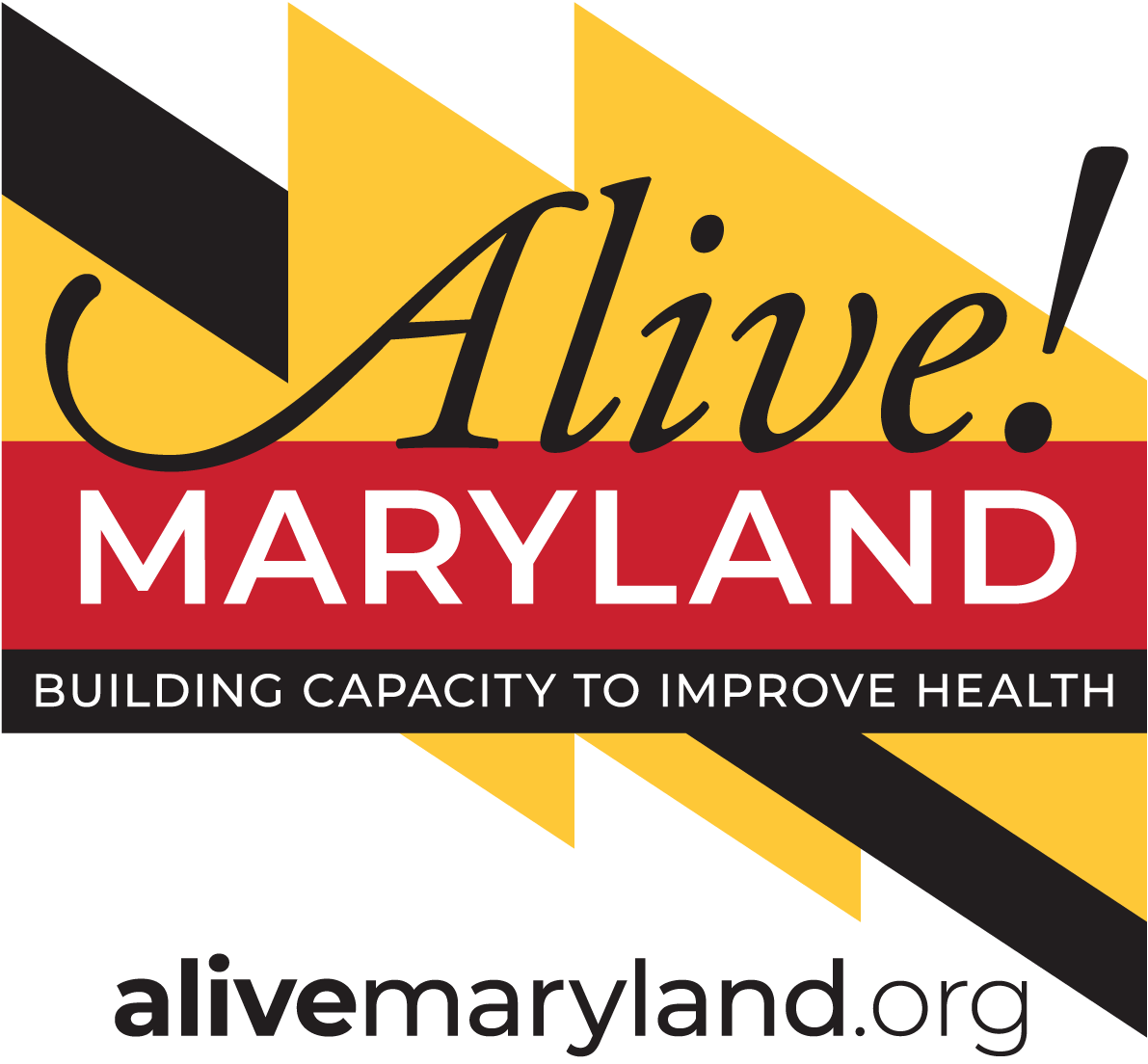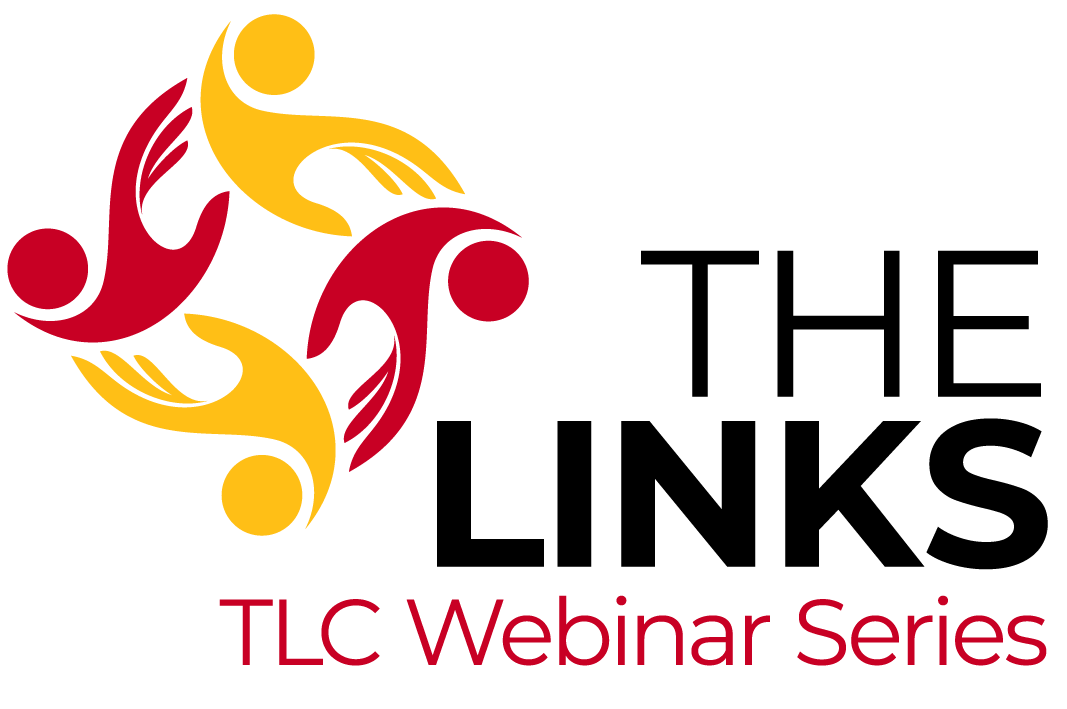

Welcome to Link 1 "HIV in Maryland: Epidemiology, Intersectionality, Engagement, & Equity".
**This course is no longer offering CE credits.**


Welcome to Link 2 "Core Skills for HIV Management"!
Although all adolescents and adults aged 15 to 65 years should be screened for HIV, a number of factors may increase an individual’s chance of acquiring HIV. This webinar will provide an overview of strategies and appropriate patients to screen for HIV and how appropriately timed interventions in people who have received an HIV diagnosis can reduce the risks of clinical progression, complications, and transmission. This includes identifying evidence-based interventions such as antiretroviral therapies (ART) and regimens that have been proven to reduce risks by addressing barriers to care.
**This course is no longer offering CE credits.**


Welcome to Link 3 "Enhancing Culturally Appropriate Communication: Patient-Provider Interventions"!
This webinar describes the key factors that play a role when communicating with customers and patients, discusses the role of culture and health literacy, and looks at how stigma, discrimination, and bias can interfere with the implementation of equitable communication strategies.
**This course is no longer offering CE credits.**


Welcome to Link 4 "Retention and Re-Engagement in HIV Care"!
Linking or re-engaging and retaining people living with HIV (PLWH) in ongoing, primary care is vital for ending the HIV epidemic and ensuring a full, healthy lifespan for the greater than one million PLWH in the US. However, 41–44% of individuals living with HIV are not accessing regular, ongoing HIV care, and the epidemic disproportionately affects some demographic subgroups. Changes in the HIV workforce and ways that HIV care is delivered increase the need for re-thinking practice models and provision of training and education, including cultural competency to better serve clients based on their race/ethnicity, gender and gender identity, sexual orientation, or socio-economic backgrounds. Collaboration between health department units, collaboration between the health department and external stakeholders, and creation of new partnerships are essential for establishing and sustaining a coordinated referral system, identifying and filling service gaps, and avoiding duplication. Additionally, updated data systems are necessary to facilitate the movement of PLWH through the continuum of care steps.
**This course is no longer offering CE credits.**
